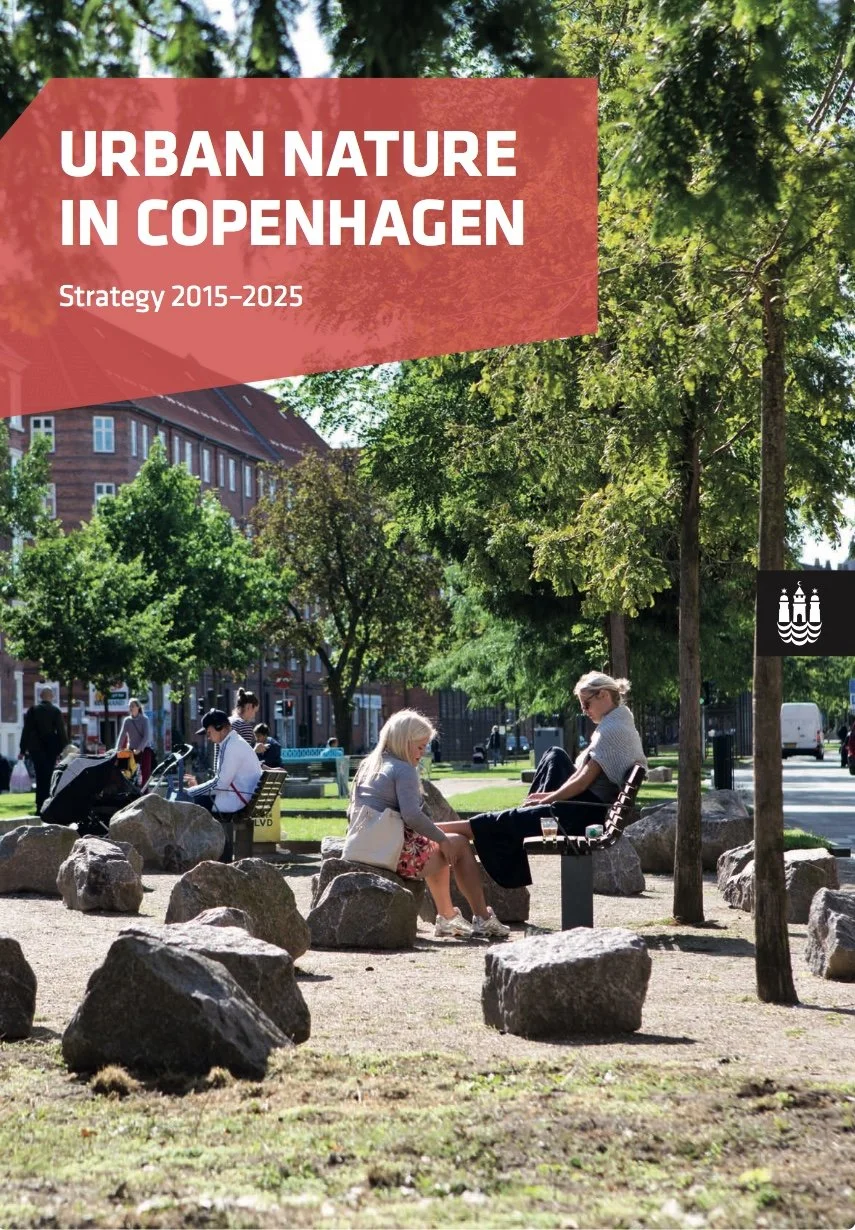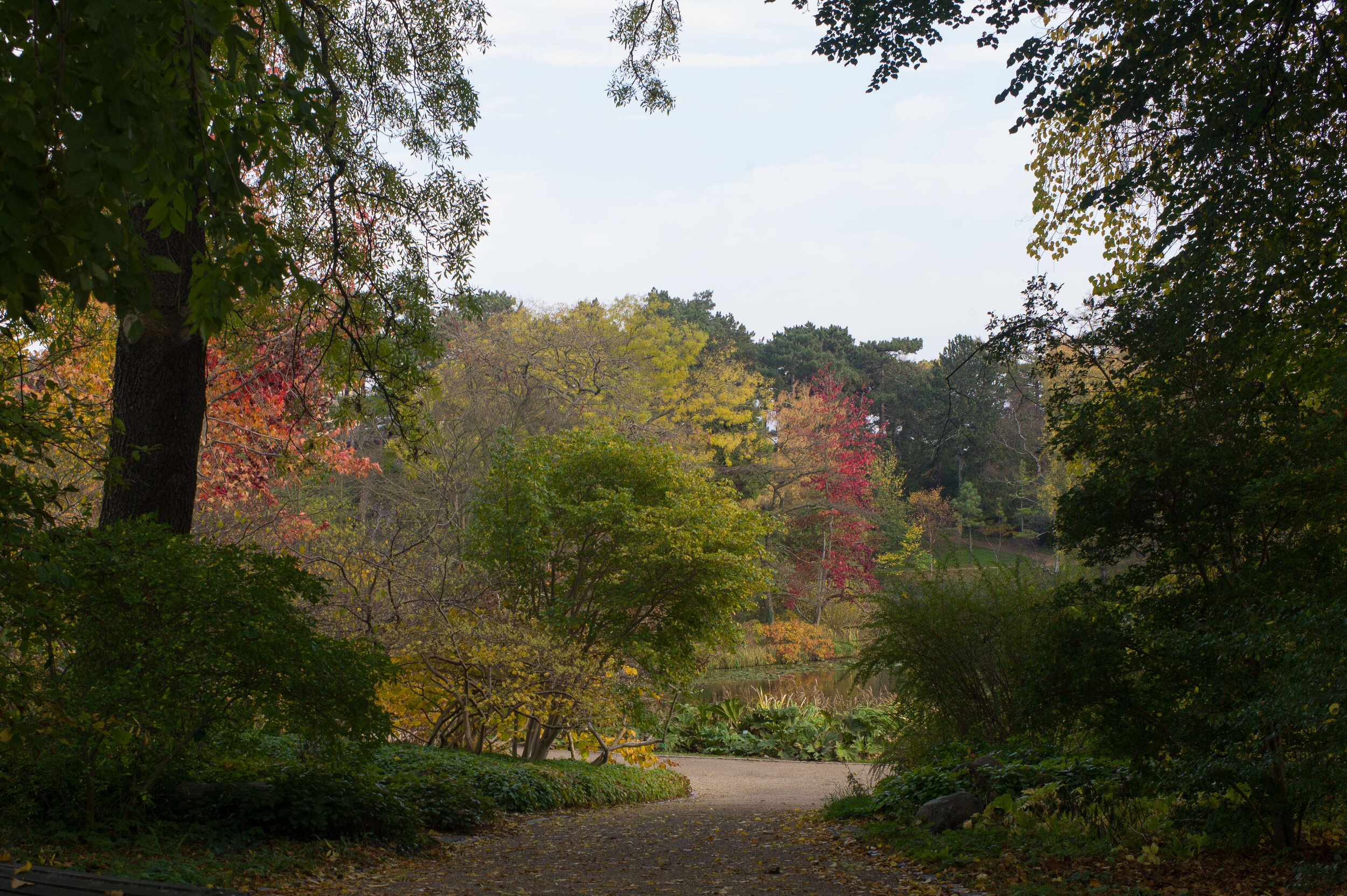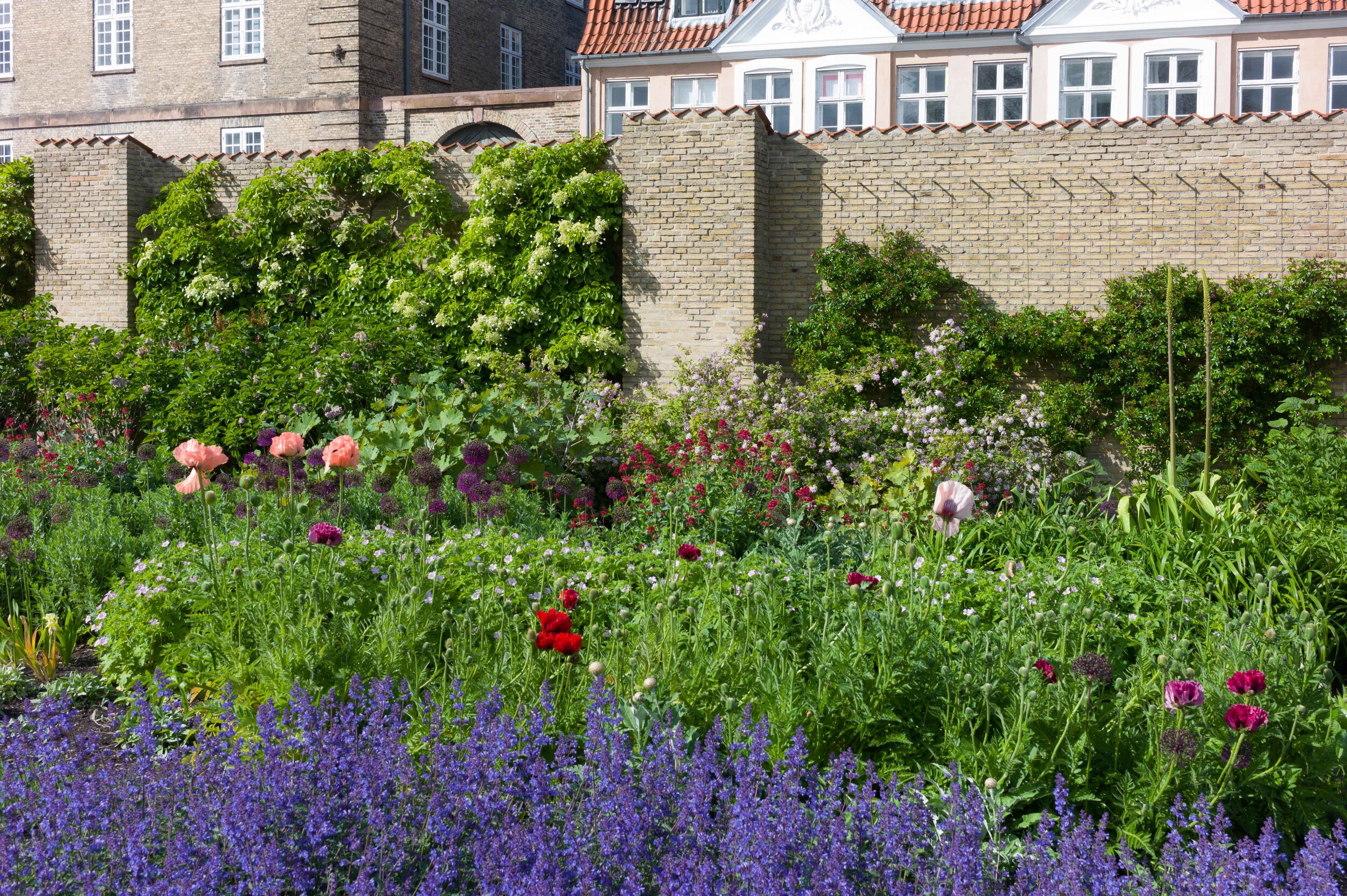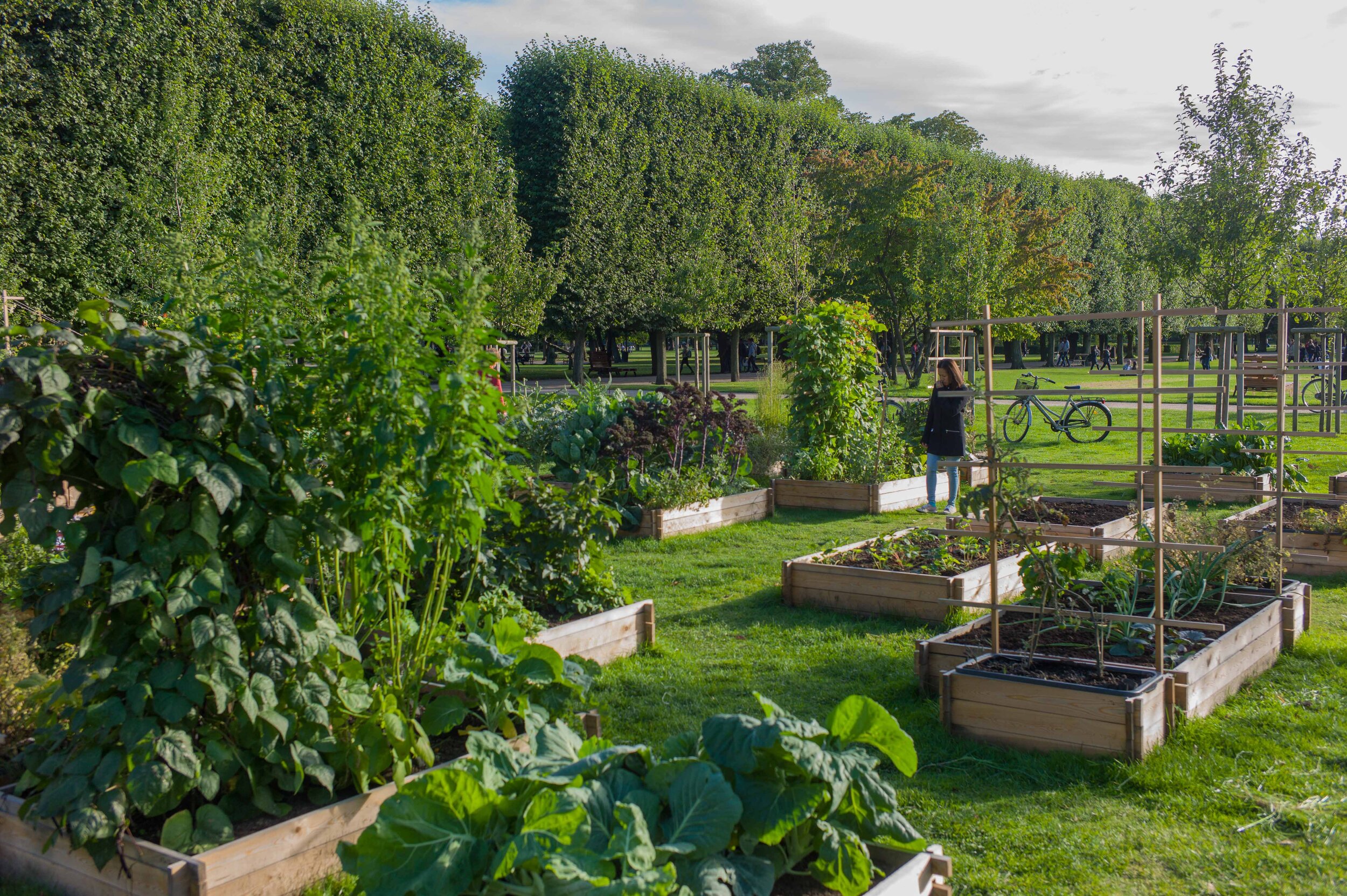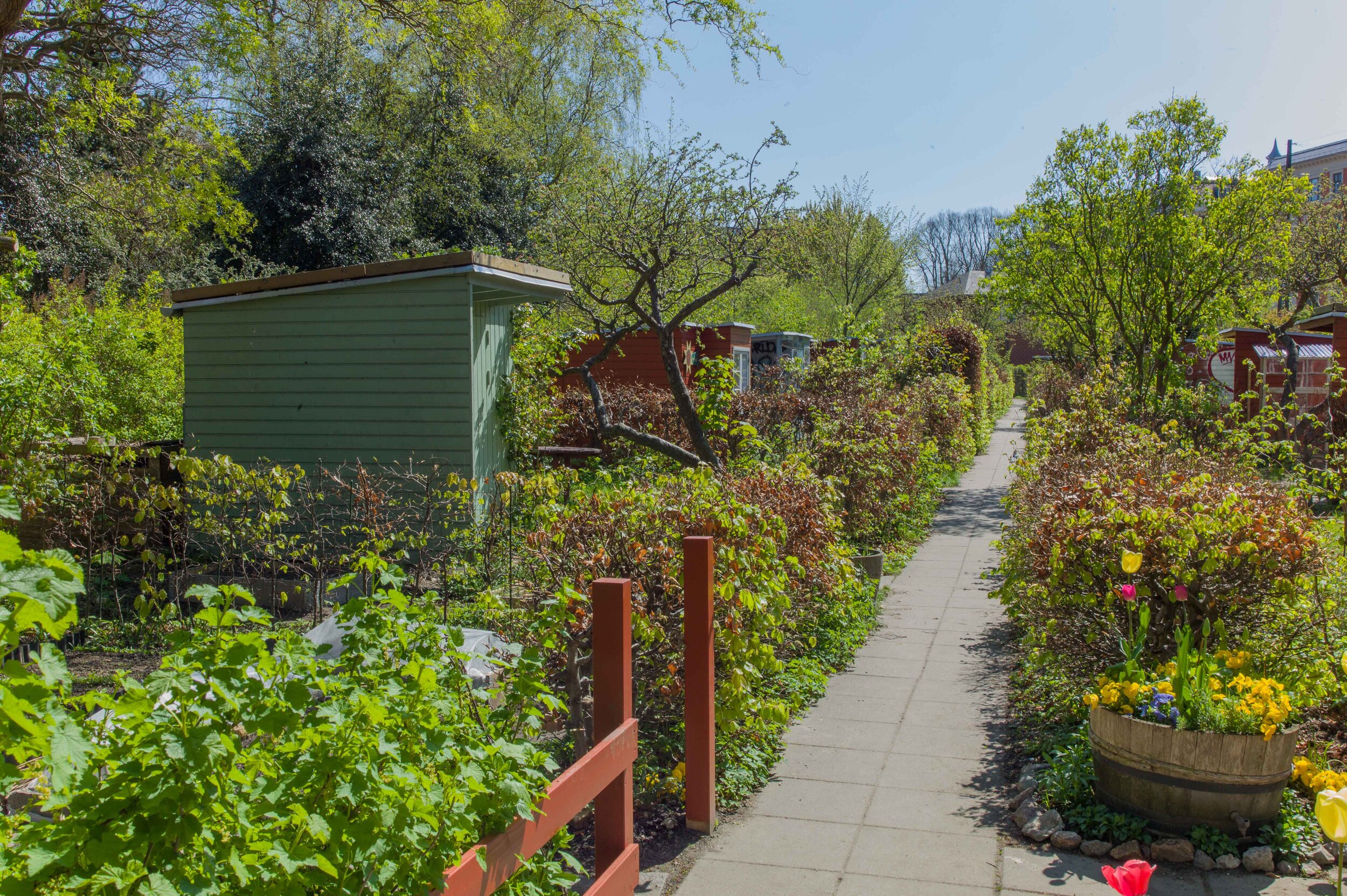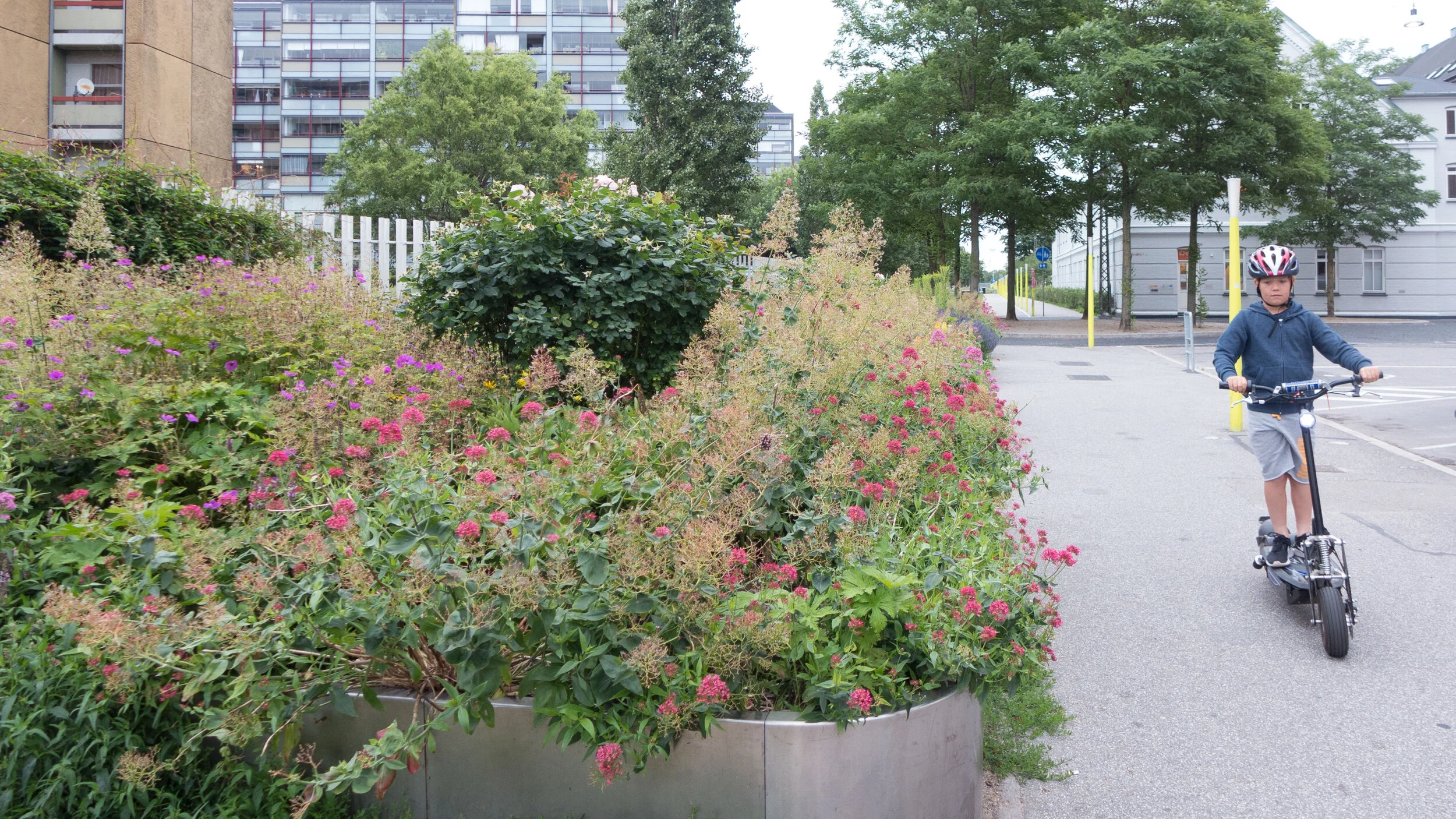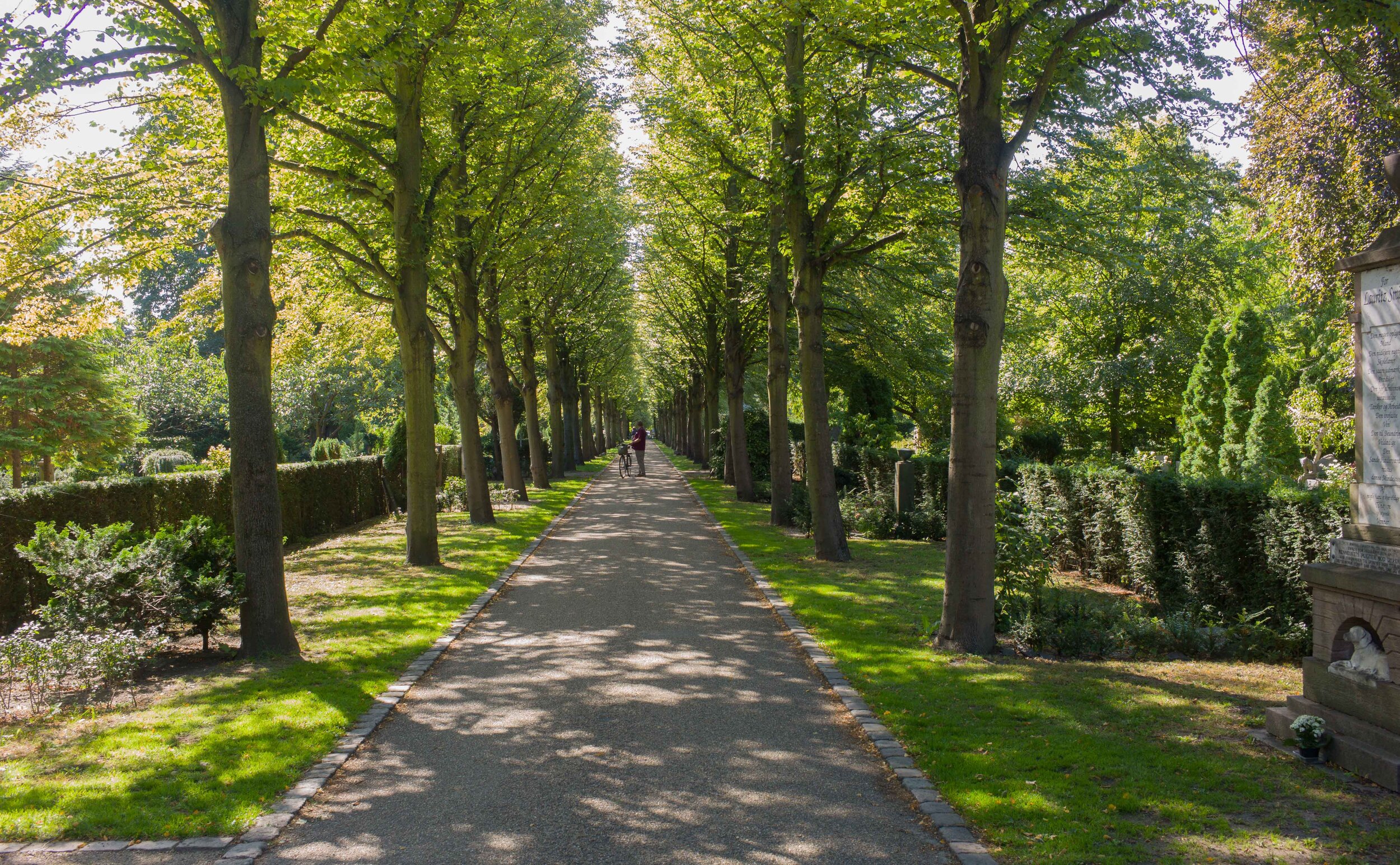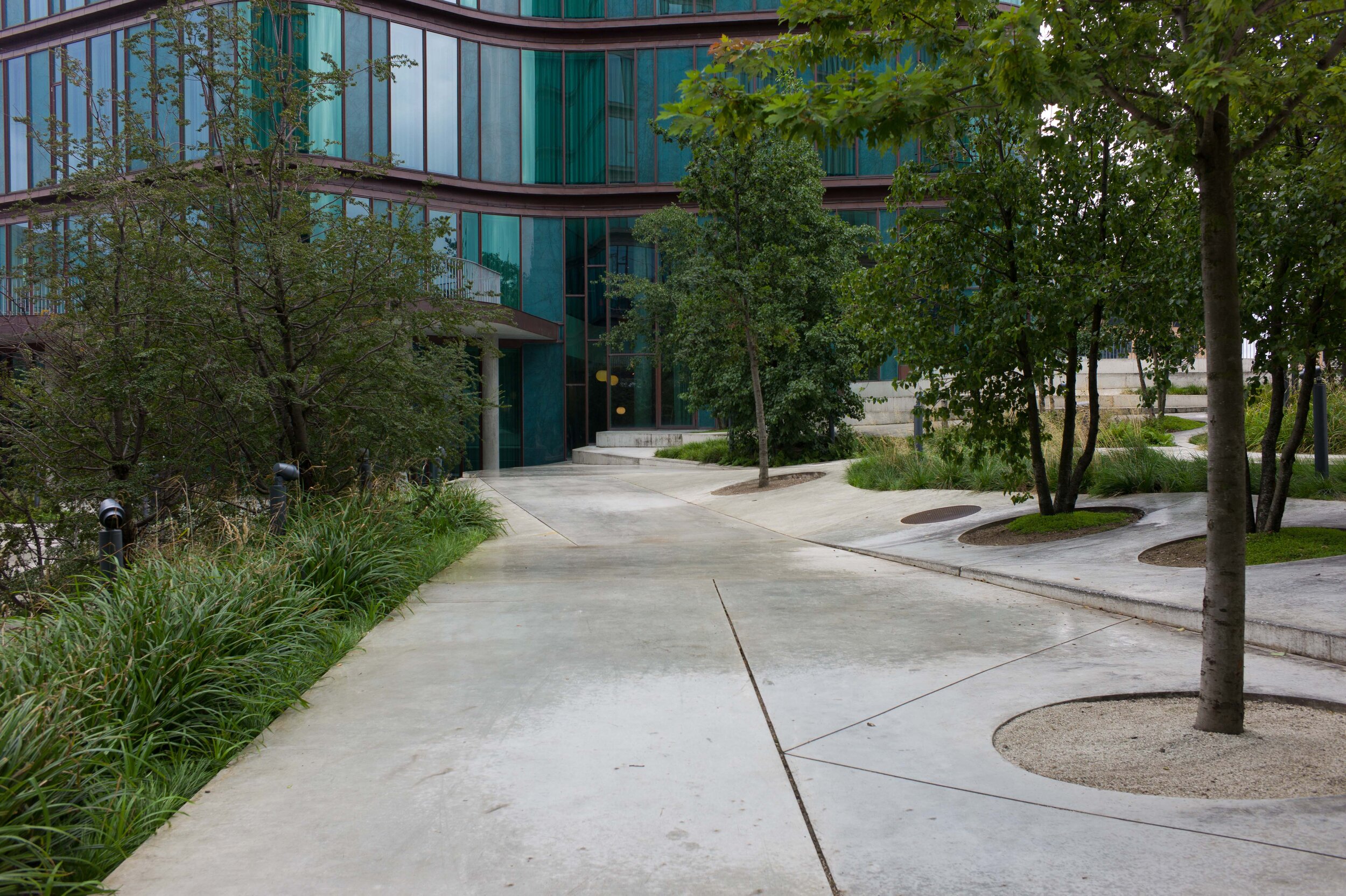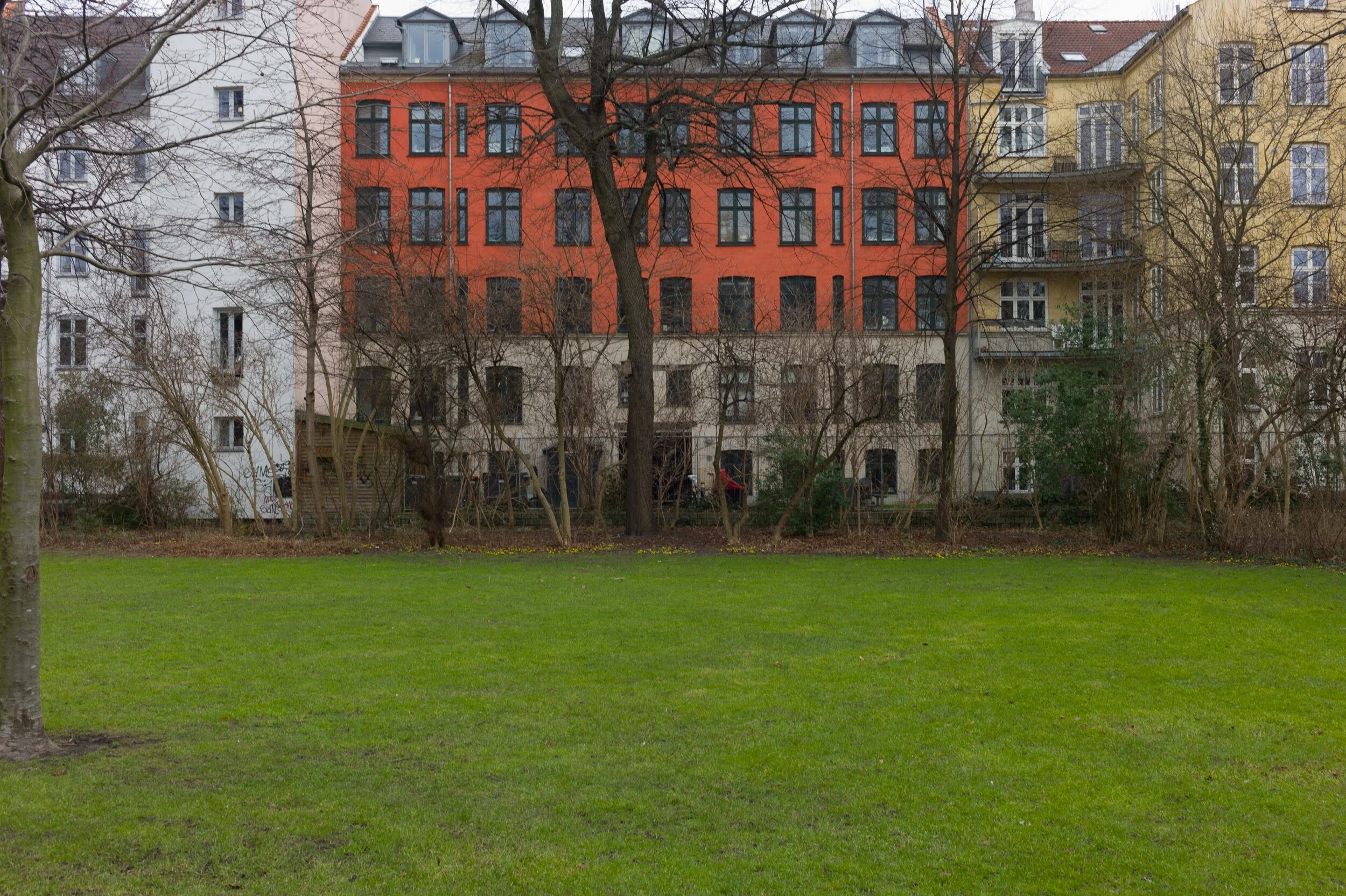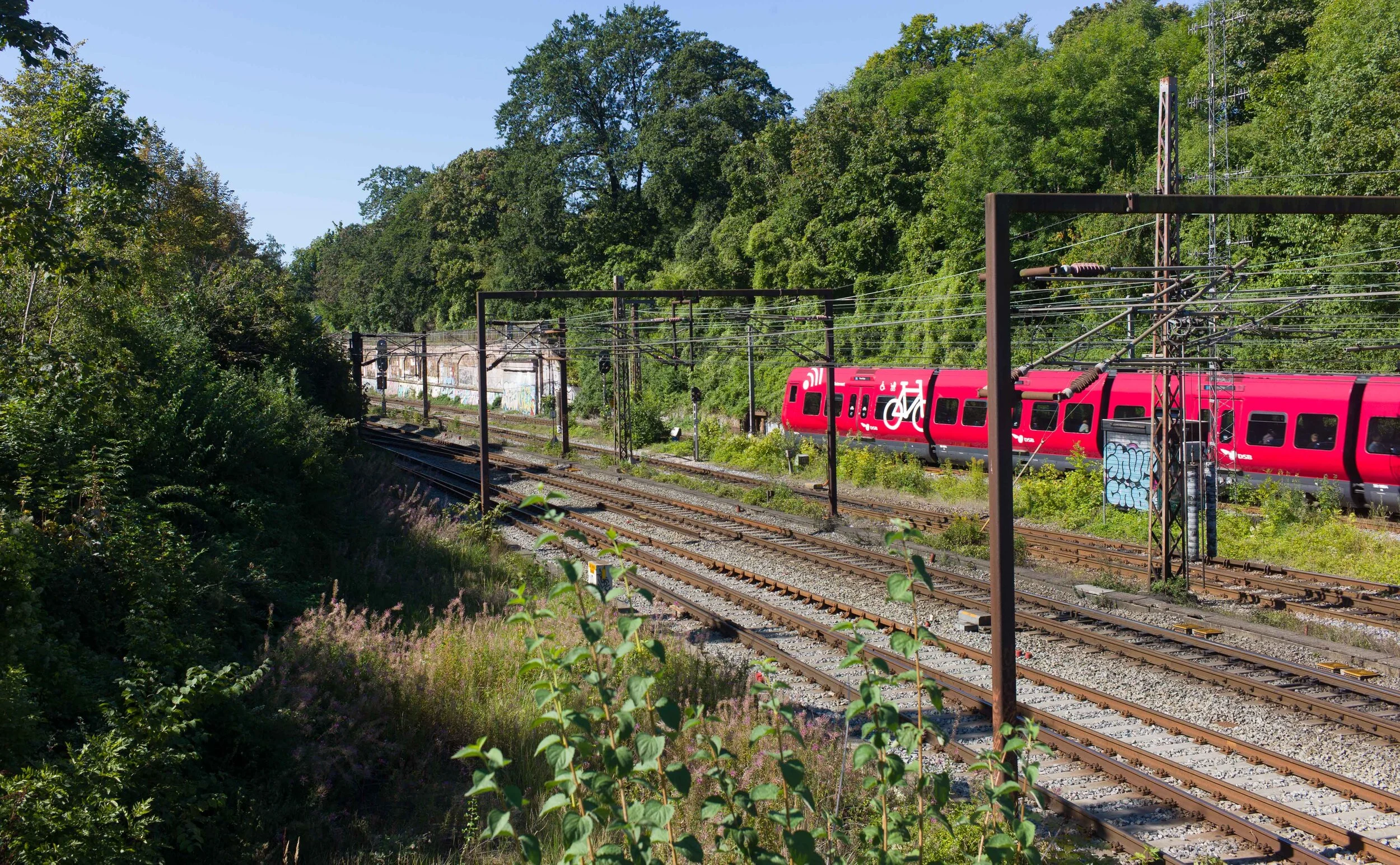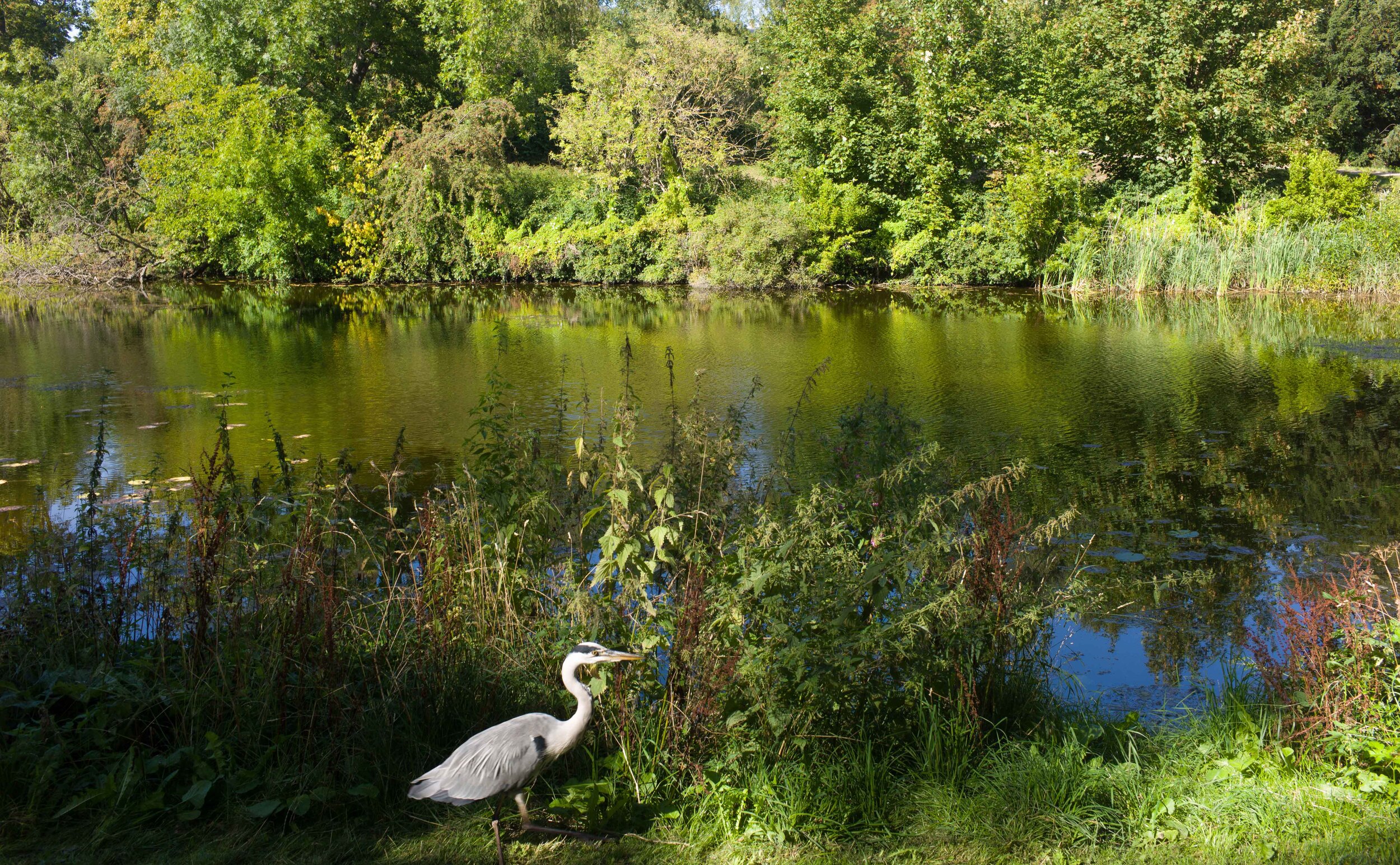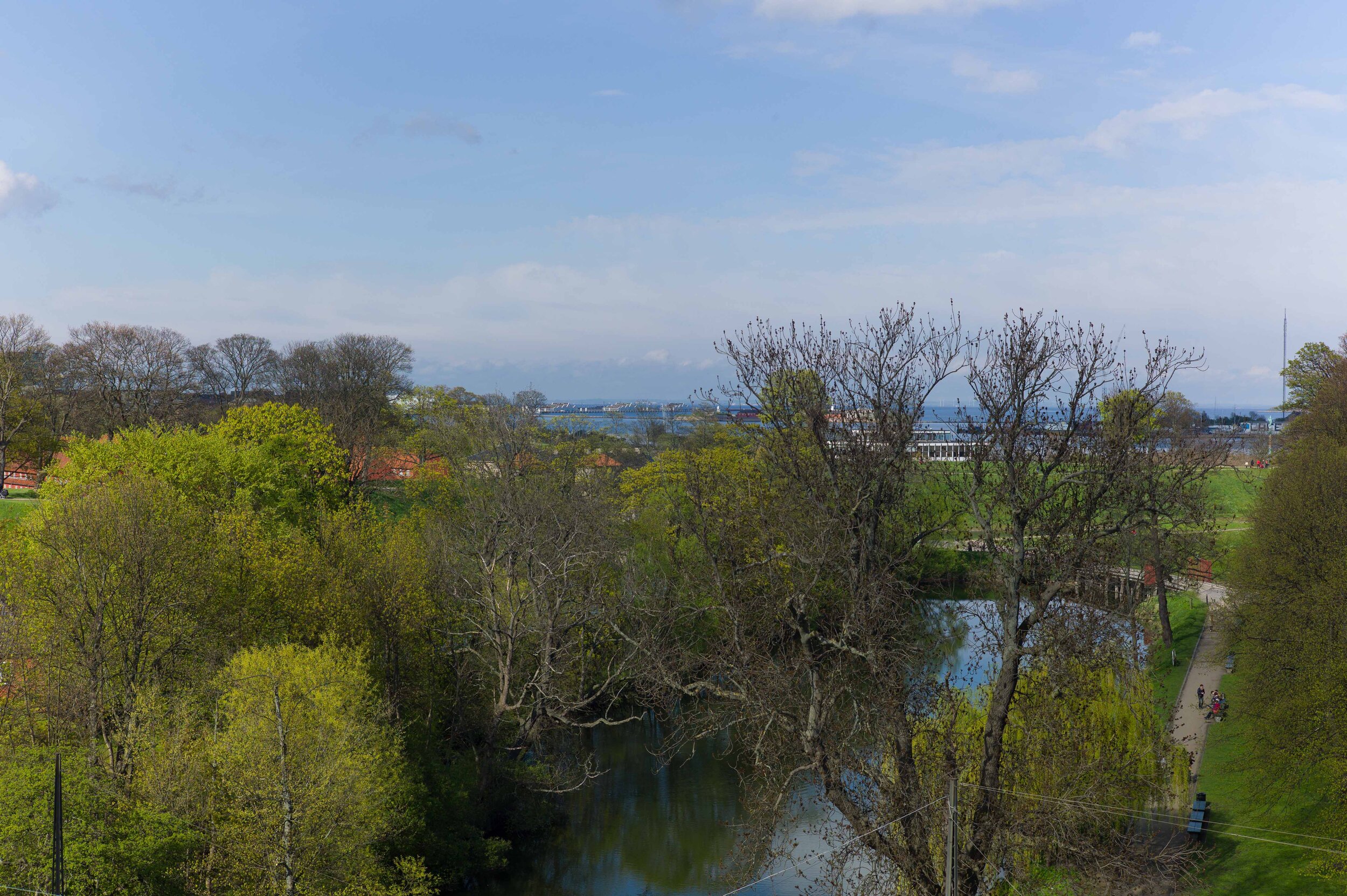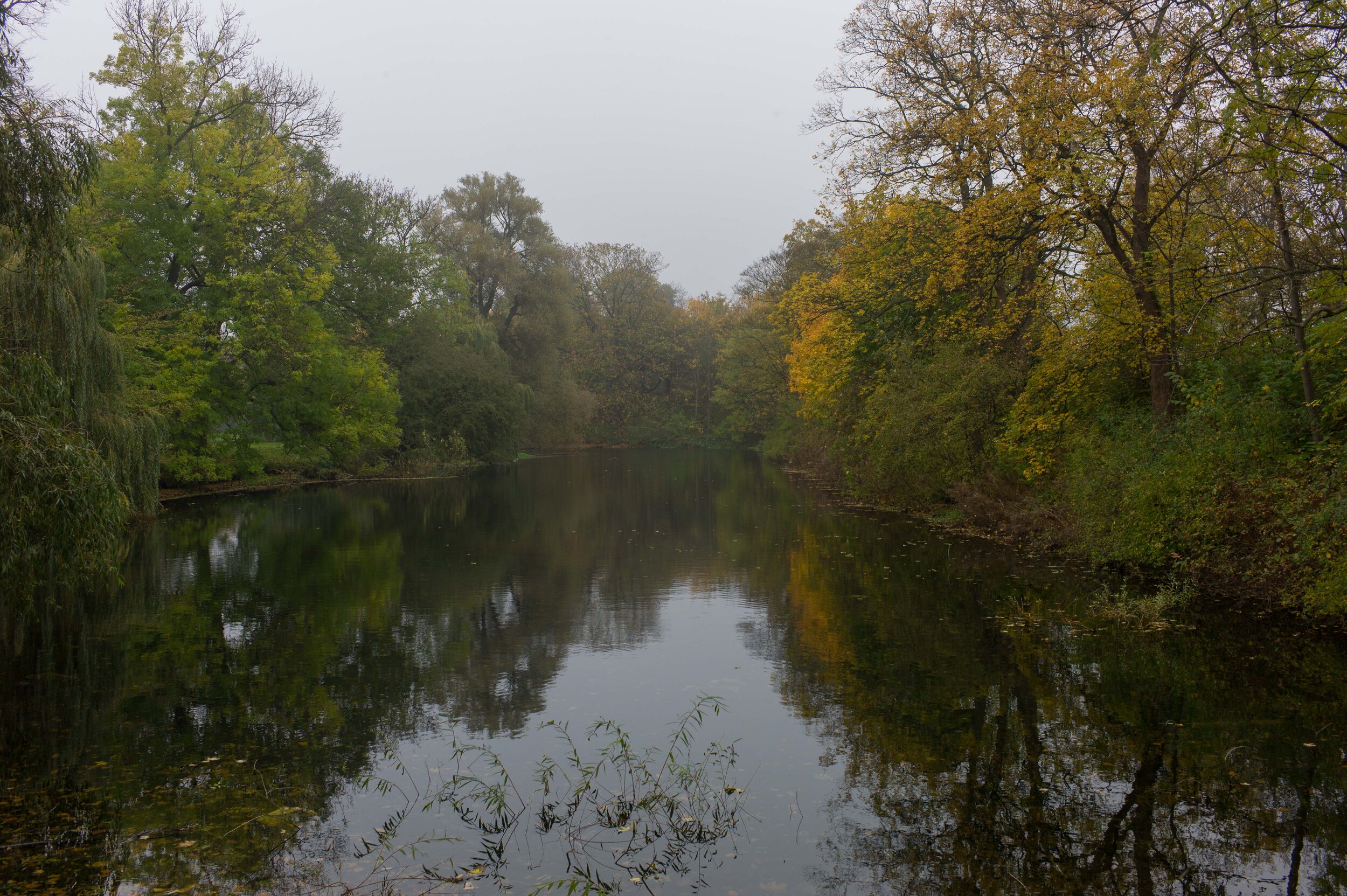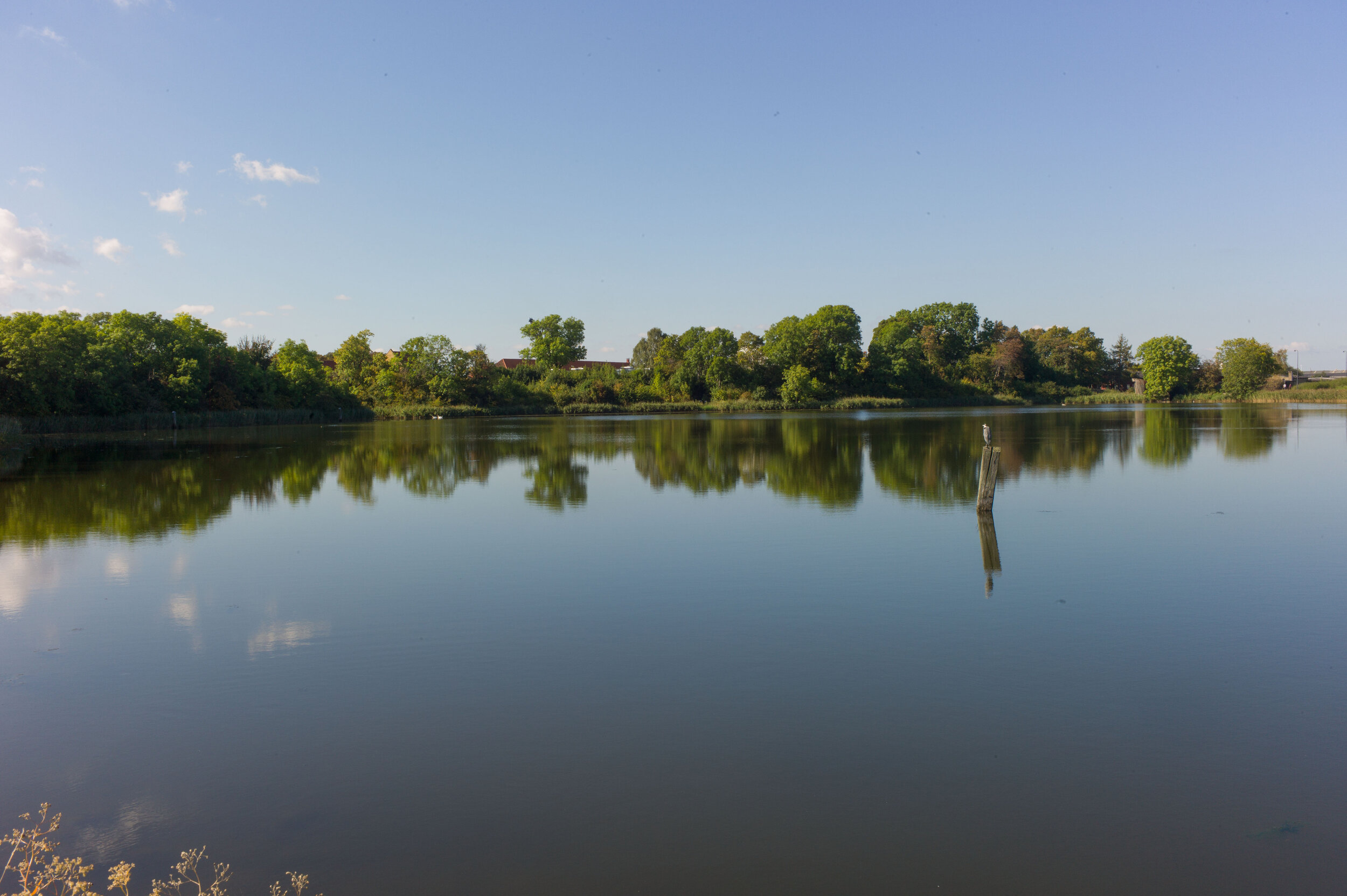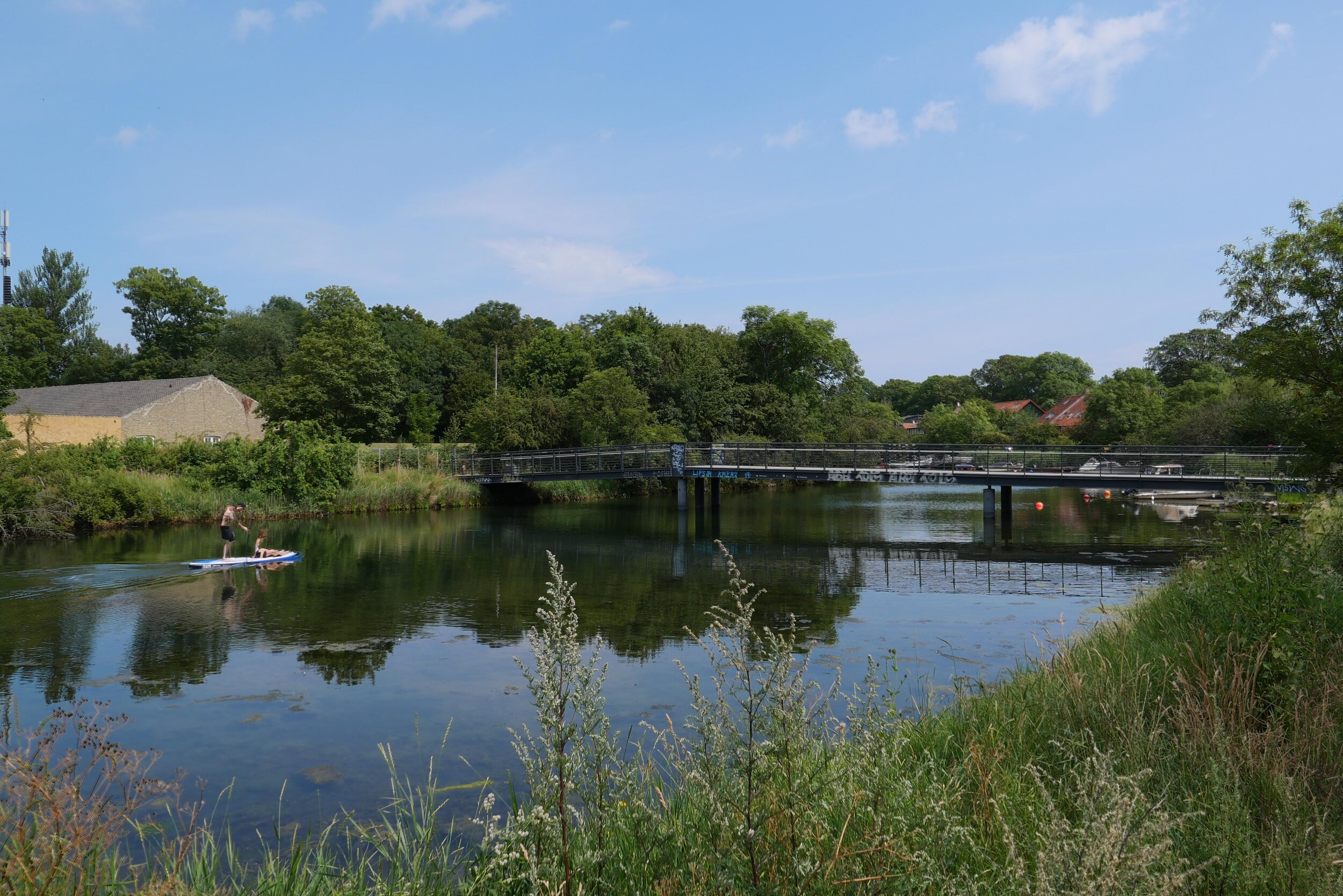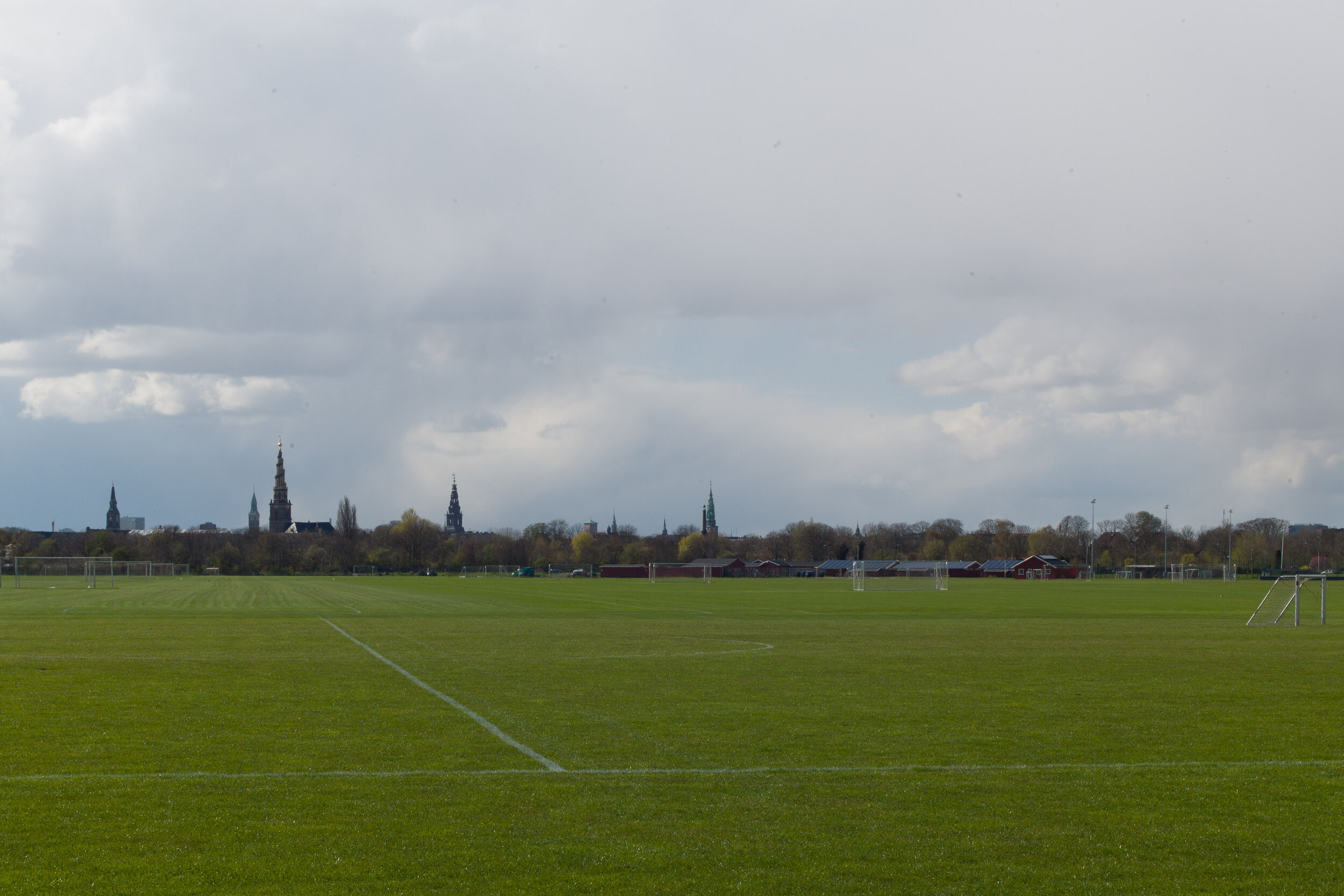Urban Nature in Copenhagen - Strategy 2015-2025
/Kongens Have / The King’s Garden in the centre of Copenhagen
Copenhagen is proud of it’s parks and gardens - important areas of green in what is a densely built but compact city. There are some fine avenues of trees and some areas close the city centre, like Holmen, have been developed with space and good planting of trees and gardens and with access to the water of the harbour but there is more an more pressure for more densely built developments and for more high-rise apartments which means more people wanting and needing access to space and green areas.
Some urban streets have new schemes to cope with storm water from cloud bursts and these usually include new planting and older courtyards in the city are being reorganised and replanted but is this enough for a rapidly-growing population?
The city published a report that set out a number of goals for Urban Nature in Copenhagen for the period from 2015 to 2025. As we are now at the halfway point it might be a good time to revisit that report and assess what has been achieved and to set further goals.
The report on a strategy for nature in Copenhagen was published in English in May 2015 by the City of Copenhagen Technical and Environment Administration and can be downloaded from the site of Københavns Kommune:
if you take Rundetårn - the Round Tower - as being at the heart of the old city - then the man fishing is just a kilometre from the tower and the amazing trees of the Botanical Gardens are just 500 metres from the tower …. this view from the terrace of the great green house is looking east so towards and across the centre of the city just beyond the trees
Goals for the city of Copenhagen:
the goals are taken from the report on Urban Nature in Copenhagen
Biodiversity:
To increase the number of initiatives that enhance biodiversity and ensuring that the promotion of biodiversity is always included in the considerations when Copenhagen is developed and transformed, so that we can help expand, enhance and protect urban nature as a whole.
Climate Adaptation:
To ensure that the climate adaptation of Copenhagen contributes to creating more urban nature, enhancing biodiversity and creating more recreational experiences.
Nature Areas:
To ensure that Copenhagen's nature areas are developed and maintained with particular emphasis on enhancing biodiversity and nature experiences.
Parks:
To ensure that the city's parks are developed and maintained with concern for cultural history, recreational needs and biological considerations.
Cemeteries:
To ensure that the city's cemeteries are developed and maintained with particular emphasis on making them an active part of recreational life in Copenhagen - with respect for peace, quiet and funerals.
Urban Development:
To ensure that local planning processes include demands for the quality and quantity of urban nature and enabling the creation of green municipal areas in urban development areas.
Municipal Land:
To ensure that demands are made to the quality and quantity of urban nature when municipal areas, streets and buildings are renovated or transformed.
Non-municipal Land:
To ensure that the City of Copenhagen actively supports green initiatives on non-municipal land by inspiring, motivating and engaging in partnerships with private actors and landowners.
Trees:
To increase the total number of trees in Copenhagen, securing good growing conditions for new and existing trees in the city and securing variation in the selection of species of trees.
Spatial Quality:
To ensure that urban nature is created, developed and tended with particular emphasis on maintaining a human scale and urban expression in the city.
Water:
To secure access to water and water experiences and securing clean water in lakes, streams and the sea with a varied wildlife and vegetation.

